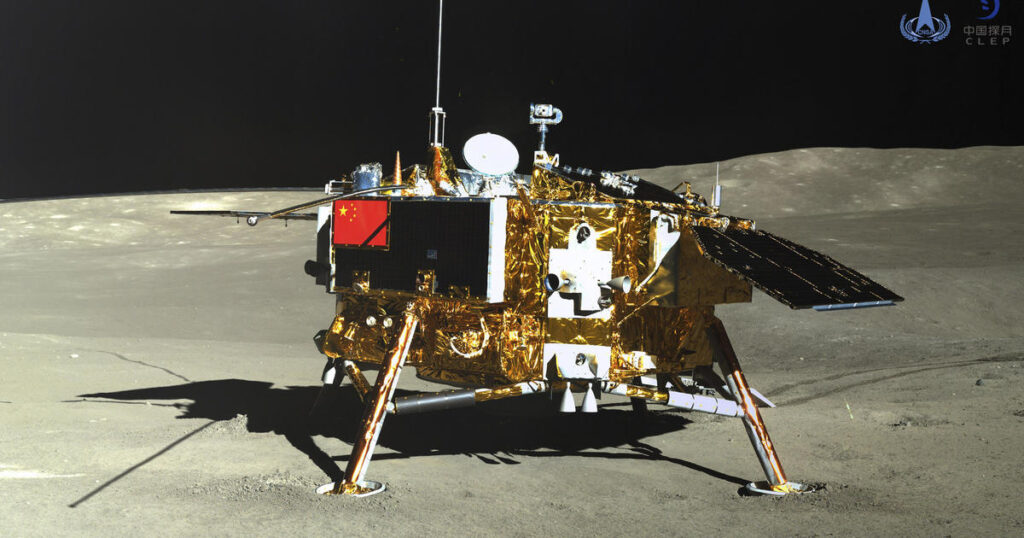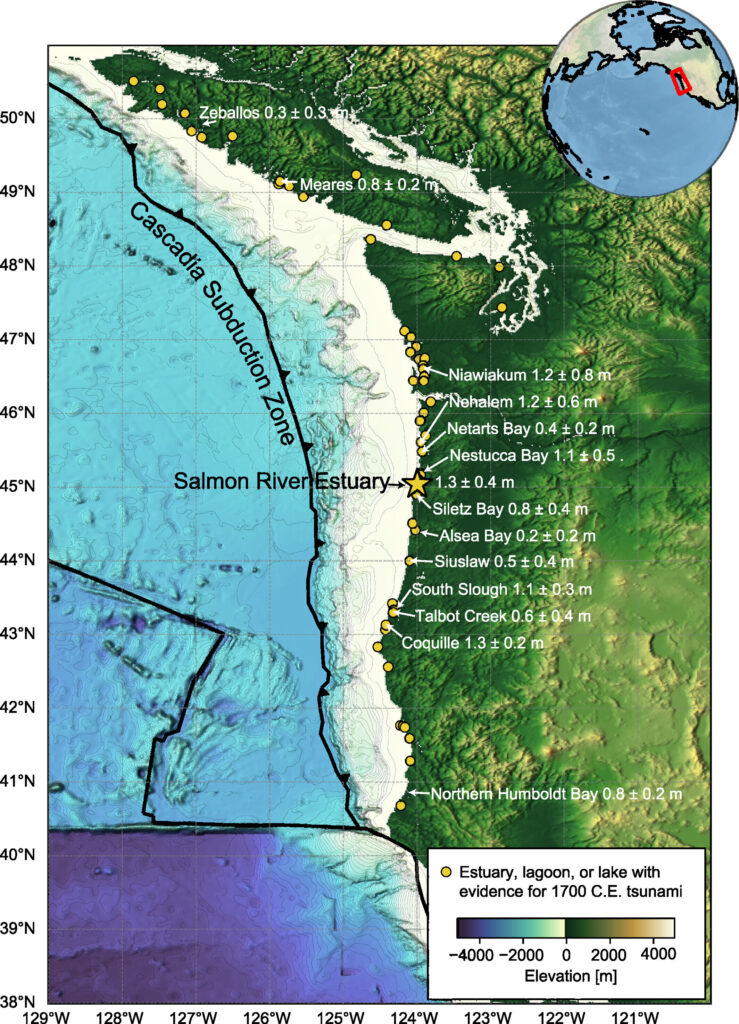Just hours after NASA obliged cancel Florida release i Boeing Starliner for the second time, a Chinese spacecraft landed on the far side of the moon on Sunday to collect soil and rock samples that could provide insights into the differences between the less-explored region and the better-known near side.
The lander crashed at 6:23 a.m. Beijing time into a large crater known as the South Pole-Aitken Basin, the China National Space Administration said.
The mission is the sixth in the Chang’e lunar exploration program, which is named after a Chinese moon goddess. It is the second designed to return samples, after Chang’e 5, which did so from close range in 2020.
The Moon program is part of a growing rivalry with the US – still the leader in space exploration – and others, including Japan and India. China has placed its own space station in orbit and regularly sends crews there.
China National Space Administration/Xinhua News Agency via AP, File
The emerging global power aims to put a man on the moon before 2030, which would make it the second nation after the United States to do so. America is planning to land astronauts on the moon again – for the first time in more than 50 years – although NASA pushed back the target date to 2026 earlier this year.
US efforts to use private sector rockets to launch the spacecraft have been repeatedly delayed. Last-minute computer problems scuppered the first scheduled launch of Boeing’s first astronaut flight on Saturday from Cape Canaveral. The Boeing Starliner, carrying two astronauts bound for the International Space Station, was less than four minutes from liftoff when a computer system triggered an automatic hold. NASA initially said it would try another launch on Sunday, before delaying a possible launch until at least Wednesday.
Last month, trouble with a pressure relief valve on Starliner’s Atlas 5 rocket, along a helium flow in the capsule’s propulsion module, aborted a launch attempt on May 6.
The first pilot flight of the Starliner is Boeing’s answer to SpaceX’s Crew Dragon, an already operational, less expensive spacecraft that has carried 50 astronauts, cosmonauts and civilians into orbit on 13 flights, 12 of them to the space station. since an initial pilot test. flight in May 2020.
Earlier on Saturday, a Japanese billionaire canceled his plan to orbit the moon due to uncertainty over SpaceX’s development of a mega rocket. NASA is planning to use the rocket to send its astronauts to the moon.
On China’s current mission, the lander will use a mechanical arm and a drill to collect up to 4.4 pounds of surface and subsurface material over about two days.
A booster on top of the ground will carry the samples in a metal vacuum container back to another module orbiting the moon. The container will be transferred to a reentry capsule that will return to Earth in the deserts of China’s Inner Mongolia region around June 25.
Missions to the far side of the Moon are more difficult because it does not face Earth, requiring a relay satellite to maintain communications. The terrain is also more rugged, with fewer flat areas for land.




